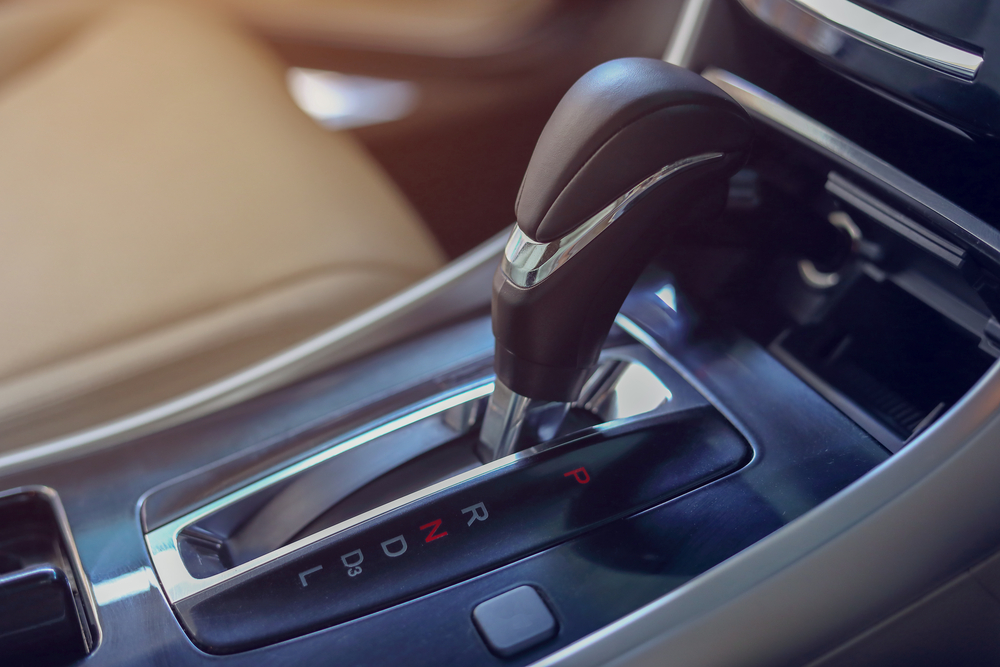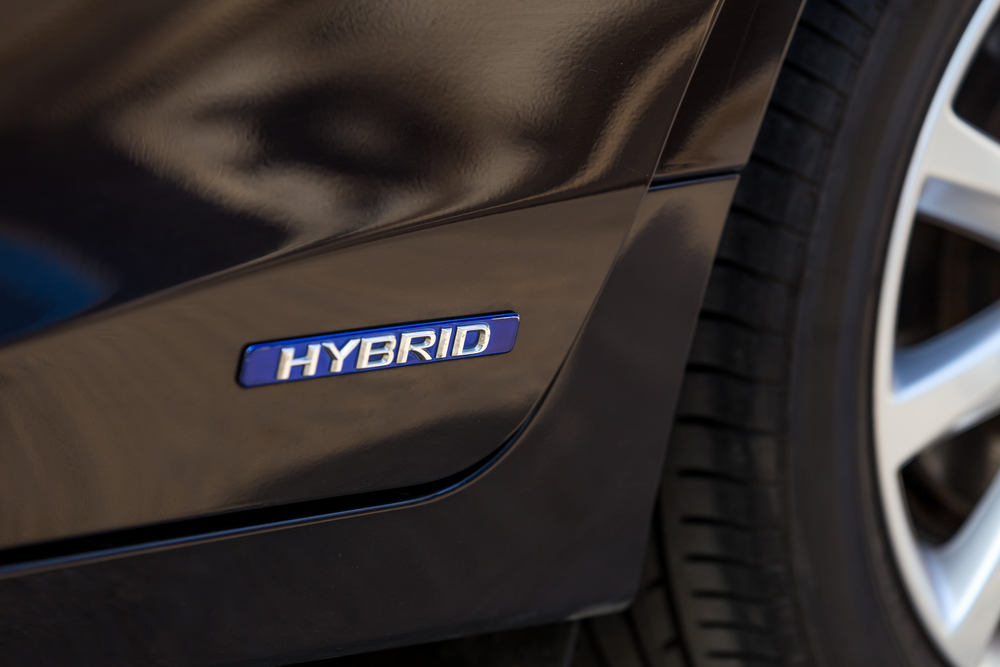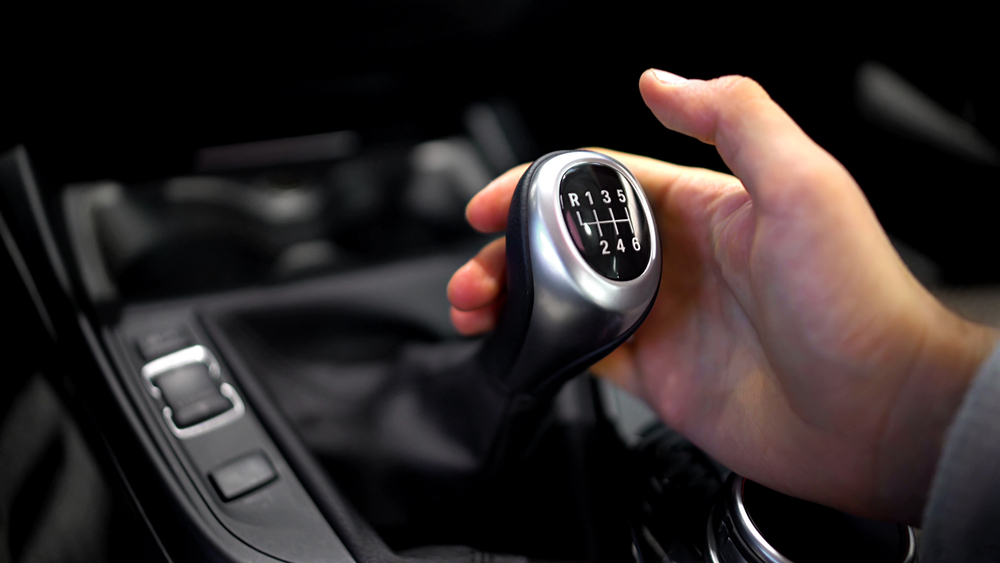Is a Continuous Variable Transmission Automatic
When shopping for a new vehicle, car buyers typically can select from an automatic transmission or a manual transmission. The difference between the two is that an automatic transmission adjusts or shifts gears without any engagement from the driver, while a manual transmission requires the driver to shift the transmission into a new gear using the stick shift and clutch mechanisms.
Most cars come standard with an automatic transmission, but some car owners prefer the control of the manual transmission; particular vehicles (like sports cars) often feature manual transmissions. Automatic transmissions could be designed as a continuously variable transmission. What is a continuously variable transmission and how does this benefit drivers?
About Continuously Variable Transmissions
J.D. Power explains that a continuously variable transmission (CVT for short) differs from a standard automatic transmission in that there are numerous gear ratios instead of a set number. The benefit of more gear ratios is that the car can adapt to the driving habits of the particular driver, thus offering greater fuel efficiency.
According to J.D. Power, CVT also provides a smoother transition between gears. For this reason, the site notes that a CVT is often referred to as either "shiftless" or "single-speed."
What are the Benefits of a CVT Transmission?
Car buyers might wonder if there are any added benefits in choosing a CVT transmission. Carfax explains that these transmissions are often included in vehicles with smaller engines (like a four-cylinder) to maximize the power of that smaller engine and provide better acceleration, too.
Carfax also notes that the CVT makes driving uphill less of an arduous climb in that the CVT doesn't have to hunt for the right gear. In addition, the continuously variable transmissions "…also eliminate abrupt downshifting when additional power is needed for passing."
The biggest pro of the CVT, though, might be the fuel efficiency it helps provide. Carfax explains that CVTs are lighter than standard automatic transmissions.

CVT vs. Automatic: Is there a Difference?
A continuously variable transmission—or CVT—is a type of automatic transmission. However, the difference between the two is that the CVT includes more shift ratios. This enables the transmission to adjust for different driving needs.
Like the automatic transmission, though, the CVT doesn't require the driver to manually shift gears. Again, the CVT automatically adjusts to accommodate different driving situations.
CVTs are typically included in vehicles with smaller engines and hybrid vehicles, too. Since they are lighter, they can help maximize fuel efficiency.
What are CVT Transmission Cars?
CVT transmission cars are becoming more popular on the market. Again, smaller engine vehicles might include this type of transmission. Hybrid models also might utilize CVTs. Popular 2022 models with continuously variable transmissions include:
- Buick Encore GX
- Chevrolet Malibu
- Chrysler Pacifica Hybrid
- Ford Escape Hybrid
- Toyota Avalon Hybrid
- Kia Forte
- Honda Accord Hybrid

CVT Transmission: What Cars Include CVT and are they Affordable?
Many 2022 models include a CVT—or continuously variable transmission. Buyers who are looking for affordable vehicles with this type of transmission can choose from the following budget-friendly models:
- Kia Forte $19,090
- Chevrolet Malibu $23,400
- Honda Accord Hybrid $27,720

Transmission: CVT or Manual?
The difference between a CVT and a manual transmission is night and day. Again, the CVT is a type of automatic transmission that offers more gear ratios than the standard automatic. Drivers don't need to shift gears; the car does it automatically.
However, a manual transmission requires the driver to shift gears as the driving need changes. For example, drivers will need to switch gears when driving up a hill. Switching gears using a manual transmission requires the driver to use a gear shift in combination with a foot clutch.
Driving a manual transmission is a completely different experience than driving a vehicle with an automatic transmission. Drivers need to be constantly aware of what gear is required for a specific driving function. However, a manual transmission allows speed control for the driver.
At one time, manual transmission was the only option for vehicles. Today, most models are equipped with automatic transmission. The automatic transmission is so common that less than 20 percent of today's drivers have the know-how to navigate a manual transmission.
CVT and Hybrid Models
Car buyers who are interested in purchasing a hybrid model might find that several hybrids are equipped with a continuously variable transmission. This transmission could help the hybrid maximize power, too.
Hybrid models are more expensive than standard fuel-injected vehicles. However, hybrids provide greater fuel efficiency, allowing car owners to save money on gasoline. The following hybrid models include CVT:
- Chrysler Pacifica Hybrid
Starting MSRP: $46,978
Fuel Efficiency: 520 miles (estimated range with combined fuel and electric)
- Ford Escape Hybrid
Starting MSRP: $30,185
Fuel Efficiency: 44 MPG city / 37 MPG highway
- Toyota Avalon Hybrid
Starting MSRP: $37,850
Fuel Efficiency: 43 MPG city / 44 MPG highway
- Honda Accord Hybrid
Starting MSRP: $27,720
Fuel Efficiency: 48 MPG city / 47 MPG highway
CVT Transmission vs. Automatic
A continuously variable transmission is a type of automatic transmission. However, the way the CVT works is different from the standard automatic. Again, CVTs include more gear ratios. They can transition a bit more smoothly and can help maximize power for smaller engines.
As these transmissions also are lighter, they can help provide greater fuel efficiency. This is why they are used in hybrid models.
Both CVTs and standard automatic transmissions don't require the driver to utilize a clutch or gear shift. As driving needs change, the transmission automatically adjusts.
What is CVT?
The term CVT is simply an acronym for continuously variable transmission. Maxwell Ford gives consumers a primer on how CVTs work. While a standard automatic transmission will shift per a specific number of gears, the CVT provides more variation and uses a pulley system. The dealership explains the transmission's mechanical design:
"One pulley connects to the engine, the other one links to the transmission. The belt transfers the power between them. As the name suggests, this transmission modifies setups continuously. This allows the vehicle's engine to run more efficiently."
What is Continuously Variable Transmission?
Continuously variable transmissions are found in vehicles with smaller engines and hybrid models, too. These transmissions use a pulley system to adjust the vehicle's speed and power as needed for different driving scenarios.
Since CVTs are automatic transmissions, drivers don't need to engage a clutch or use a gear shift. The car does all the work.
CVT Transmission Problems
While continuously variable transmissions can help maximize power and fuel efficiency, they aren't free of issues. Some CVT transmission problems include:
- More expensive repairs
- Noisy operation
- Overheating
- Acceleration loss
Car and Driver also explains that if the belts become too stretched, the transmission will die. In addition, some car owners don't like the noise associated with CVT. While the site explains that some drivers also might miss the feel of a car changing gears.
When the CVT needs to be repaired, Car and Driver reports that these repairs are often more expensive.
What is CVT Transmission and Should Buyers Choose this Transmission?
Continuously variable transmission can be referred to as CVT or even CVT transmission; it's all the same reference. While CVTs can provide a seamless gear change and help maximize fuel efficiency and power, should buyers gravitate towards vehicles with this transmission type?
Sometimes car owners have a choice of the transmission, and sometimes they don't. Before focusing on choice, car owners should research what transmission is standard with the vehicle they want. For example, a CVT might be included in hybrid models or vehicles with smaller engines.
Even if repairs for CVTs are more expensive, this type of transmission could help those driving smaller engine vehicles enjoy better acceleration and help maximize the engine's power, too. Hybrids might include a continuously variable transmission to help the vehicle provide the most miles per gallon possible in the city and on the highway.
Use RelayCars to Explore all Different Vehicle Options
Car shoppers who are unsure what type of vehicle they want can download the RelayCars app or the RelayCars mobile website to explore different makes/models using 3D imagery, augmented reality and even virtual reality experiences (for those with Google Cardboard).
The RelayCars app is free to download via Google Play or the App Store. The app provides access to thousands of makes and models that car shoppers can choose to explore using interactive 3D imagery.
Turn the vehicle around with just a fingertip to look at it from any vantage point or explore the interior by touch navigation. Those with Google Cardboard also can preview cars in virtual reality.
Those who wish to visit the RelayCars mobile site on their smartphone or tablet can explore cars using the same immersive imagery as the app. However, the website also provides an augmented reality experience. Use the camera on a tablet or smartphone to capture any environment, and a model of the vehicle will appear thanks to augmented reality technology.
RelayCars also provides all the specs and pricing information for every model in its inventory. Review the starting MSRP and check out if the vehicle offers CVT. Use RelayCars to explore and research cars to simplify the car shopping experience; RelayCars never closes, and visitors can preview and explore as many vehicles as they wish. Download the app or visit the mobile site today.
Source: https://www.relaycars.com/blog/continuously-variable-transmission/
0 Response to "Is a Continuous Variable Transmission Automatic"
Enviar um comentário